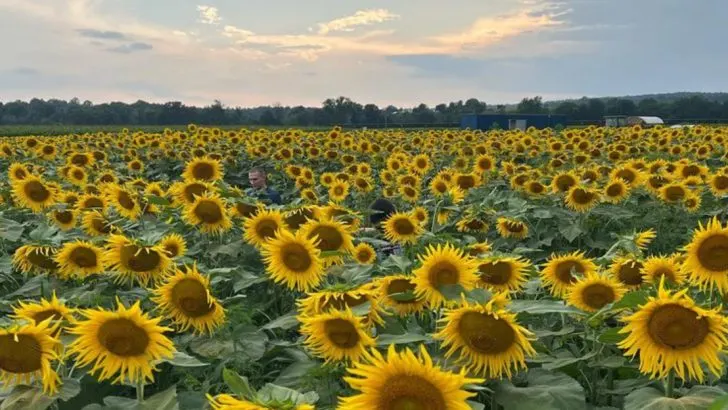Microplastics are becoming an alarming presence in our ecosystems — not just in oceans, but also in gardens, soil, and water sources. While the problem may seem invisible, some plants have an impressive ability to capture, trap, and even break down microplastics, helping to clean the environment naturally.
In this article, we highlight 15 plants that do more than just look good — they actively filter microplastics from soil and water. From strong-rooted grasses to aquatic purifiers, these species offer a sustainable way to combat a growing pollution issue, right in your own backyard.
Discover how your garden can become a powerful tool for environmental cleanup — starting one plant at a time.
Sunflower
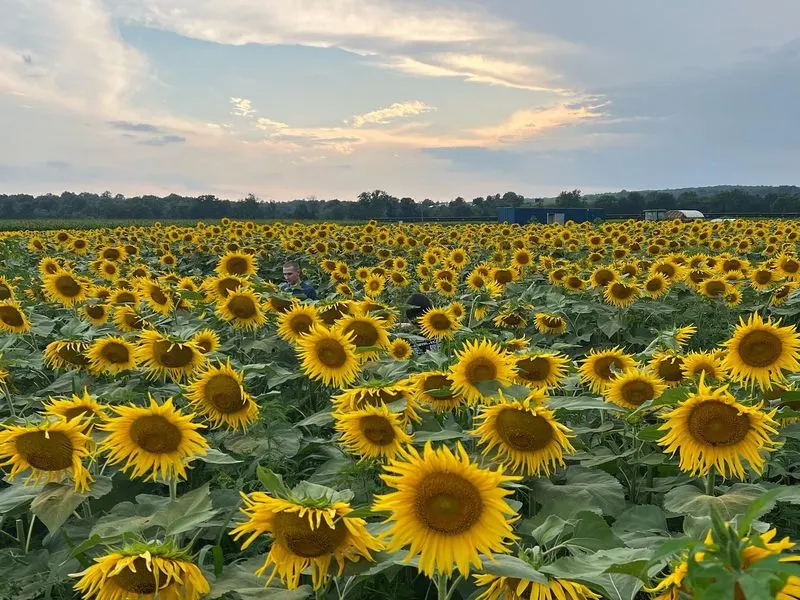
With their vibrant yellow blooms, sunflowers are more than just a pretty face in the garden. Known for their phytoremediation abilities, they can absorb toxins from the soil, including microplastics.
Sunflowers have an uncanny ability to thrive in various environments, making them a versatile choice for gardeners. They draw contaminants up through their roots, effectively filtering and cleaning the soil.
Their towering presence and cheerful appearance are a bonus, providing a dramatic backdrop to any landscape while contributing to a more sustainable ecosystem.
Water Hyacinth
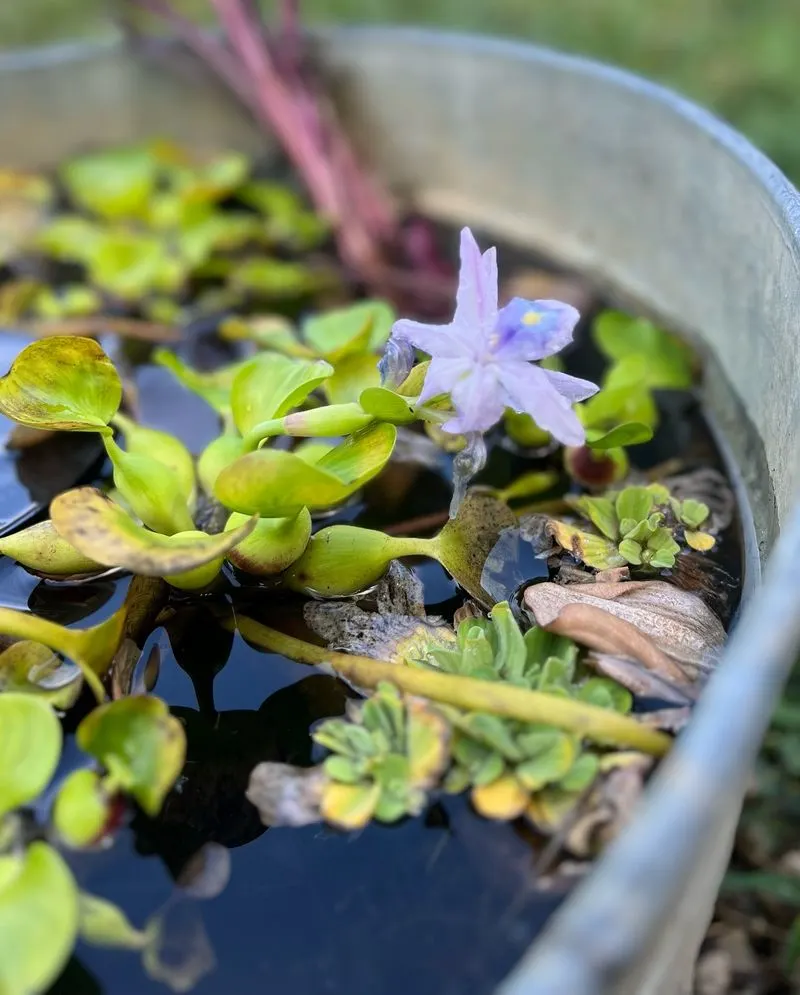
Floating gracefully on water surfaces, water hyacinths are more than just decorative pond plants. They excel in absorbing pollutants from water, including microplastics.
Their thick, spongy leaves and rapid growth allow them to cover large areas, making them highly effective in filtration. Although they are known to be invasive, their benefits in controlled environments are undeniable.
Water hyacinths transform ordinary garden ponds into efficient cleaning systems, showcasing nature’s ability to heal itself through elegant plant life.
Duckweed
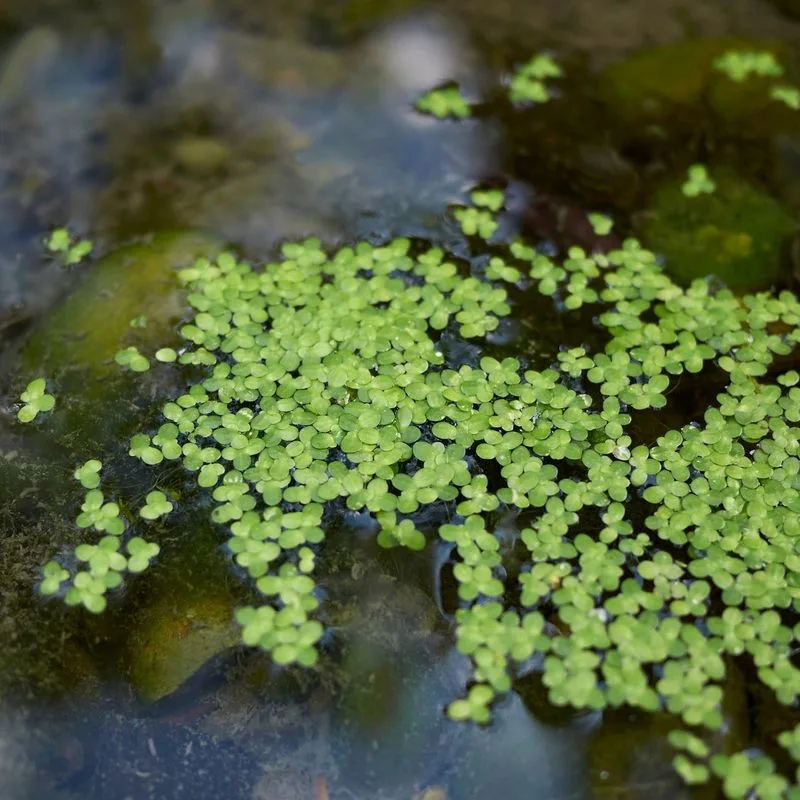
Tiny but mighty, duckweed covers water surfaces with a vibrant green blanket, working tirelessly to cleanse and purify. This plant remarkably filters microplastics, owing to its rapid reproduction and surface coverage.
Duckweed thrives in stagnant or slow-moving waters, making it ideal for garden ponds. Its efficiency in nutrient uptake allows it to absorb various pollutants, keeping the water clean and clear.
As an added bonus, duckweed serves as a food source for aquatic life, fostering a balanced and thriving ecosystem.
Vetiver Grass
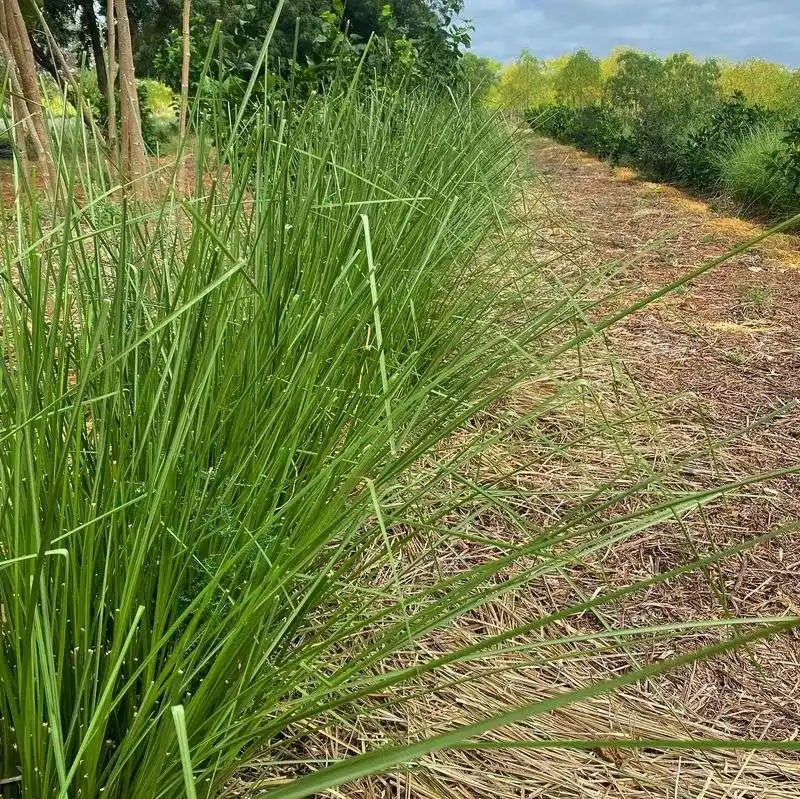
The robust nature of vetiver grass makes it an environmental powerhouse. Its extensive root system is perfect for stabilizing soil and filtering out impurities, including microplastics.
Vetiver grass is often used in erosion control, but its ability to absorb contaminants adds significant ecological value. The plant can survive harsh conditions, making it a resilient choice for gardens.
This grass not only fortifies the landscape but also plays a critical role in purifying the environment, showcasing its dual purpose as both protector and purifier.
Cattails
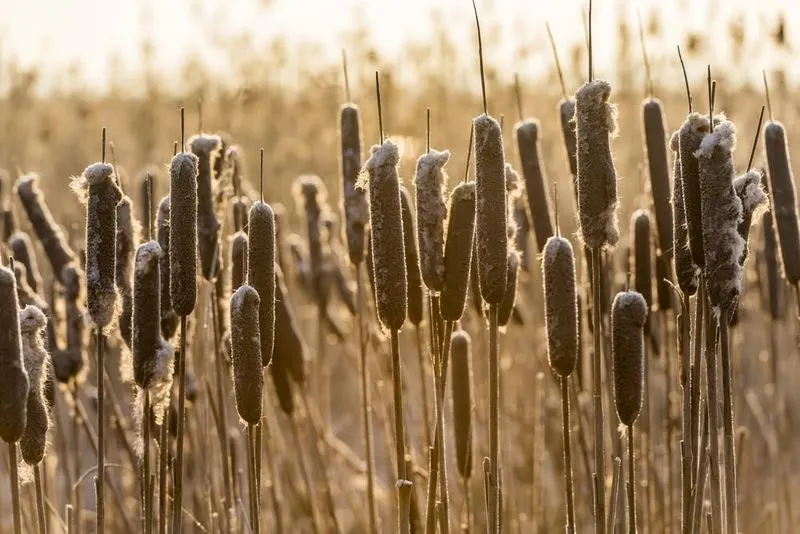
Standing tall in wetland areas, cattails are well-known for their ability to absorb pollutants from water. These plants function as natural filtration systems, adept at trapping microplastics.
Cattails grow in dense clusters, their fluffy spikes adding a touch of whimsy to garden ponds. Their roots, though submerged, perform a vital task of improving water quality.
Incorporating cattails into your garden not only enhances the aesthetic appeal but also contributes to a healthier aquatic environment, illustrating nature’s ingenuity in waste management.
Reed Canary Grass
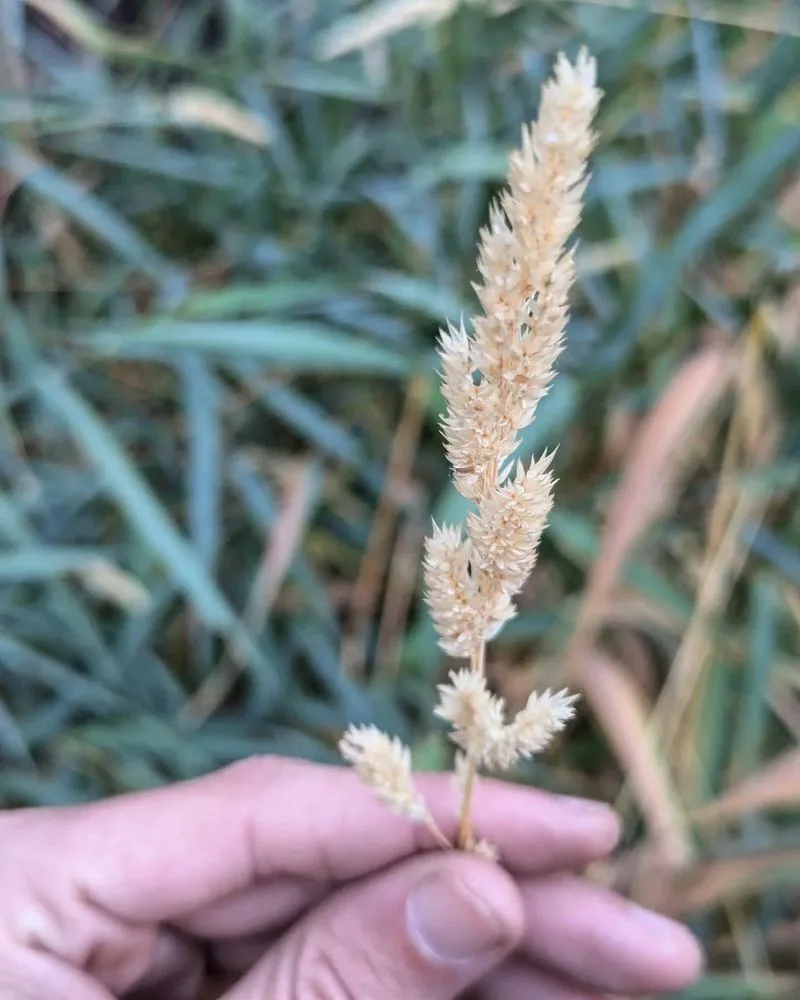
Reed canary grass stands out in wetland areas, with its tall, slender blades dancing in the breeze. Known for its resilience, this grass is excellent at filtering microplastics from water bodies.
Its dense growth and vigorous nature enable it to trap particles efficiently while stabilizing the soil. Despite being considered invasive, its environmental benefits are noteworthy.
Reed canary grass offers a natural solution to pollution, balancing beauty with function and reinforcing the importance of plants in ecological restoration.
Sedge
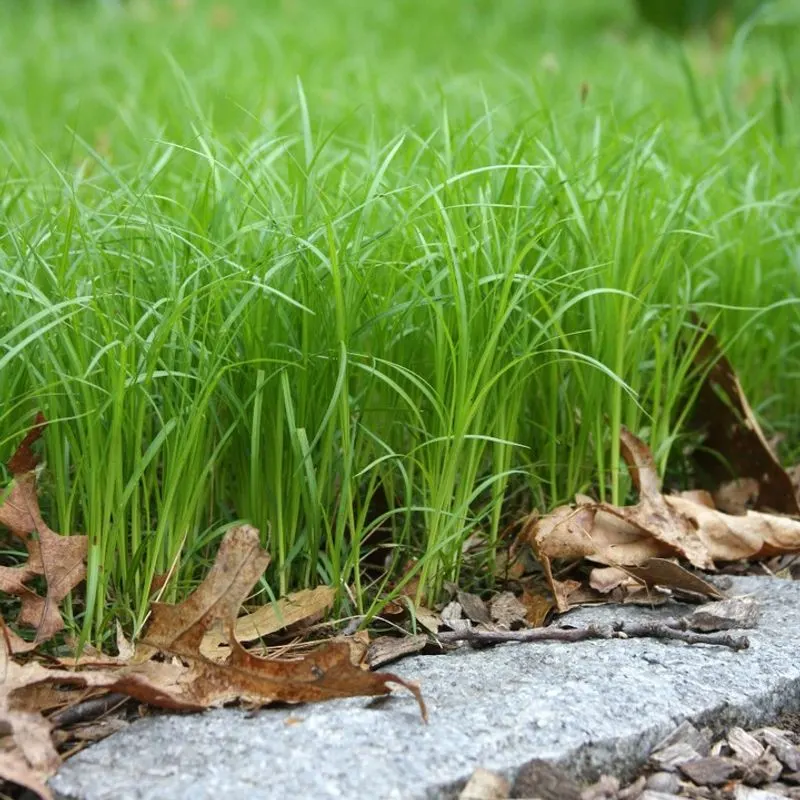
Sedges are versatile plants, recognized for their triangular stems and resilience. They thrive in various environments, proving to be valuable in filtering pollutants like microplastics from soil and water.
These plants establish quickly, forming dense mats that stabilize the soil. Their ability to absorb contaminants makes them an integral part of ecological restoration efforts.
Integrating sedges into your garden can enhance biodiversity, supporting both flora and fauna while promoting a cleaner, healthier environment.
Bamboo
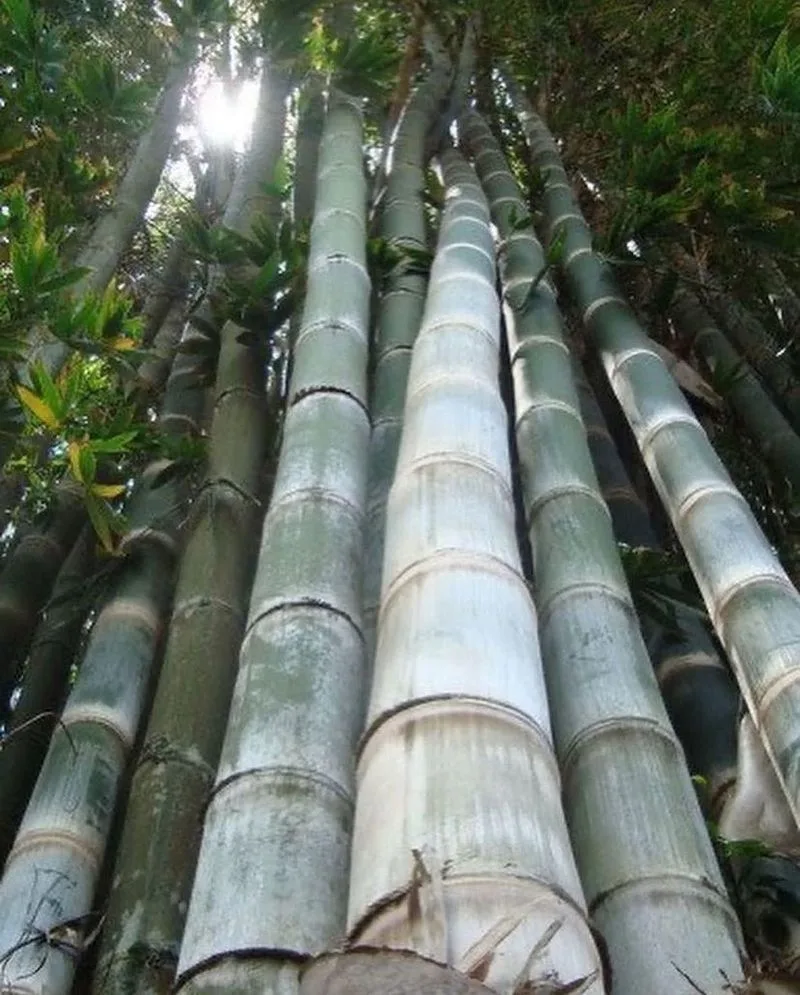
Known for its rapid growth and sustainability, bamboo is a surprising yet effective plant in filtering microplastics. Its dense root system is adept at stabilizing soil and absorbing pollutants.
Bamboo’s towering stalks and graceful leaves add an exotic touch to gardens while performing vital ecological functions. It provides shelter and food for various wildlife, enhancing biodiversity.
This plant’s remarkable ability to regenerate quickly underscores its role in sustainable gardening practices, contributing to cleaner and greener landscapes.
Mangrove
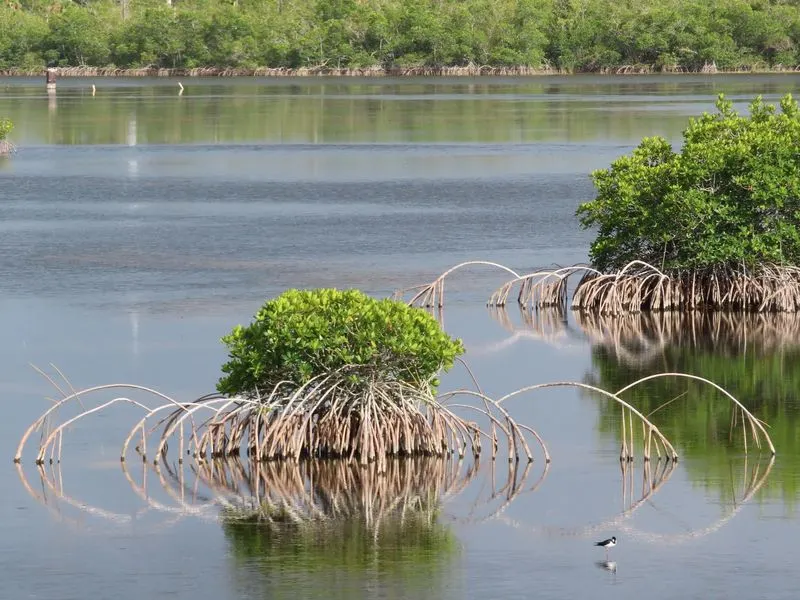
Mangroves are ecological champions, thriving in coastal areas where they filter pollutants from both soil and water. Their intricate root systems trap microplastics, playing a crucial role in maintaining marine health.
These trees protect shorelines from erosion and provide habitats for diverse marine life. Their resilience in harsh conditions highlights their importance in environmental conservation.
Mangroves offer more than just natural beauty; they are vital allies in the fight against pollution, showcasing nature’s intricate balance and adaptability.
Willow Trees
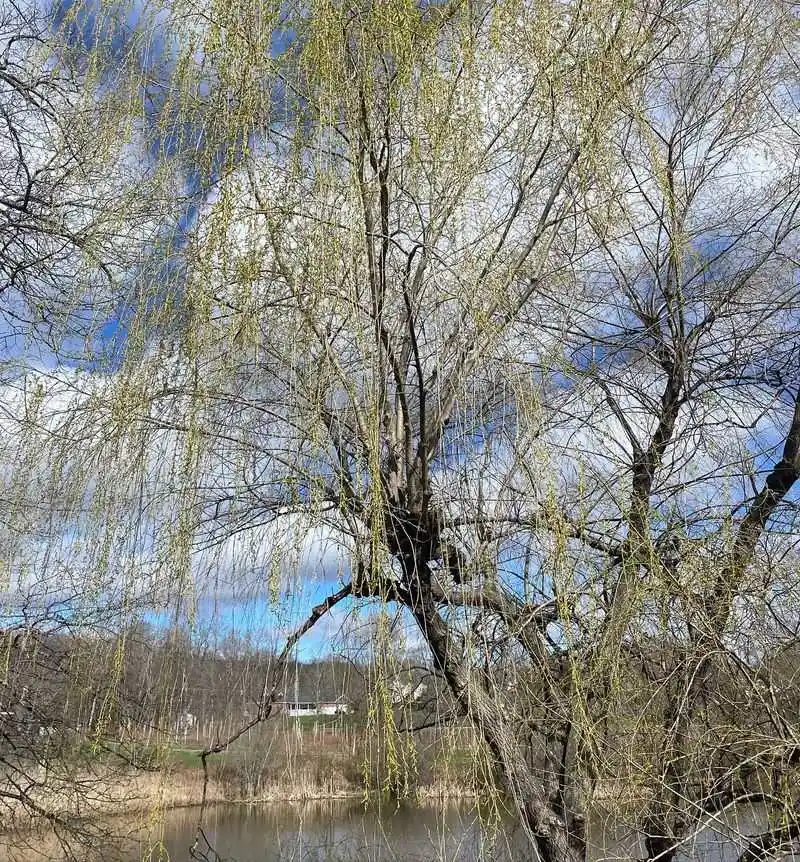
With their graceful, drooping branches, willow trees are not only a picturesque addition to any garden but also effective at filtering contaminants like microplastics.
Their extensive root systems stabilize soil and absorb pollutants, promoting cleaner water bodies. Willows thrive near water, making them ideal for enhancing pond landscapes.
These trees serve as a testament to the intersection of beauty and function, proving that nature’s aesthetics can align with environmental stewardship.
Indian Mustard
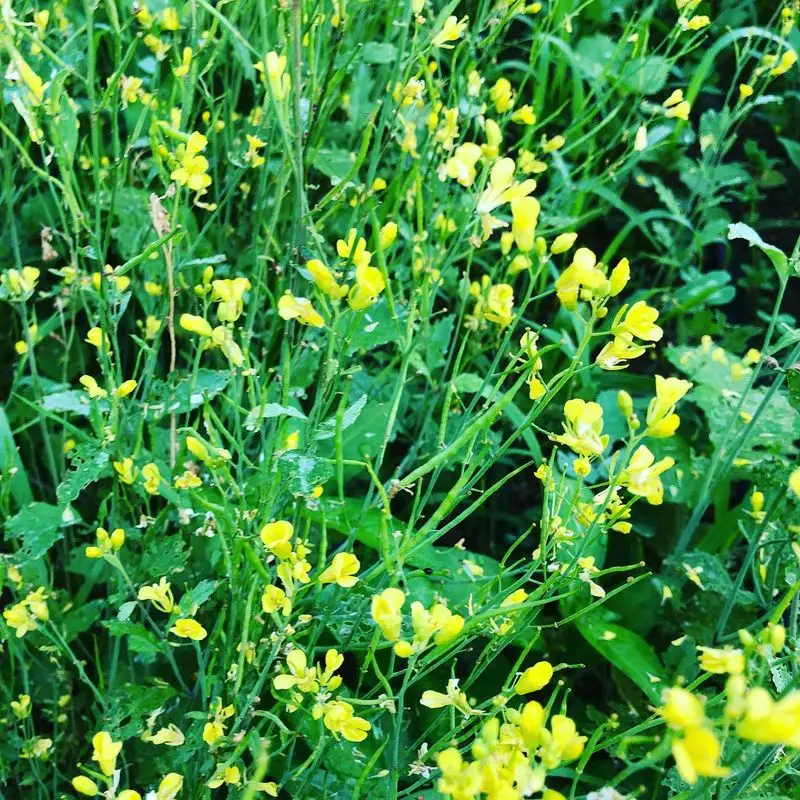
Indian mustard plants are known for their bright yellow flowers and remarkable phytoremediation capabilities. They absorb heavy metals and microplastics from the soil, purifying the environment.
These plants are easy to grow and adapt well to various conditions, making them suitable for gardeners looking to enhance soil health. Their vibrant appearance adds a splash of color to any landscape.
Incorporating Indian mustard into your garden not only boosts aesthetics but also supports ecological health, highlighting the harmony between beauty and function.
Aloe Vera
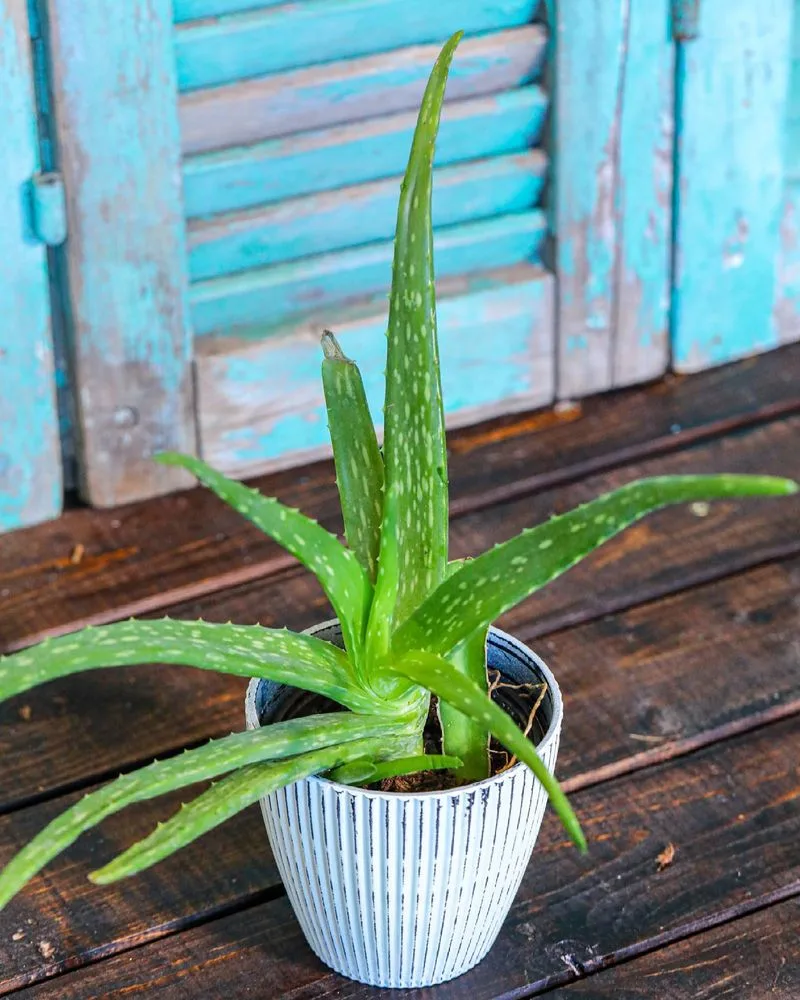
Beyond its well-known healing properties, aloe vera offers environmental benefits by filtering contaminants like microplastics from soil.
The succulent’s ability to thrive in various conditions makes it a favorite among gardeners. Its thick leaves store water, allowing it to endure dry spells and contribute to soil stabilization.
Aloe vera’s unique blend of utility and resilience underscores its role in sustainable gardening, where beauty meets practicality and environmental responsibility.
Phragmites
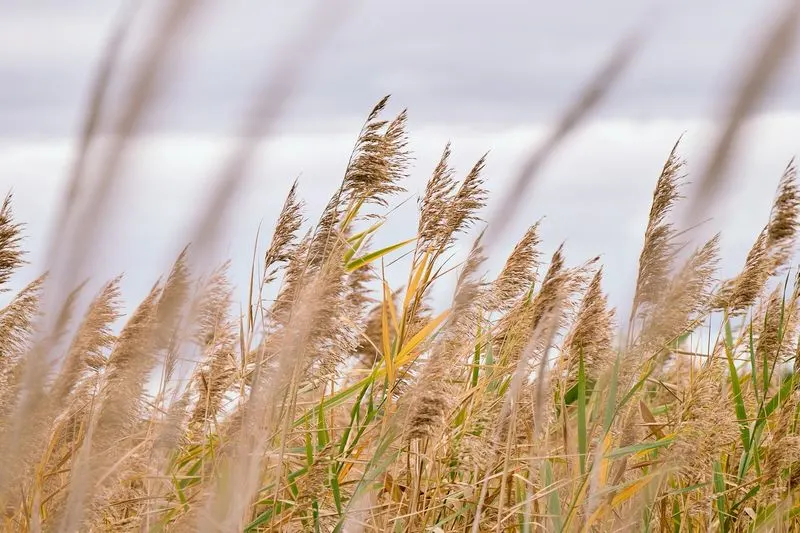
Phragmites, with their tall stalks and feathery plumes, are a common sight in wetlands. These plants are adept at filtering pollutants from water, including microplastics.
Their rapid growth and dense stands make them effective at trapping contaminants, although they can be invasive. In managed settings, phragmites contribute significantly to water purification.
These plants exemplify the power of nature to heal, showcasing how even the simplest life forms can have a profound impact on the environment.
Juncus
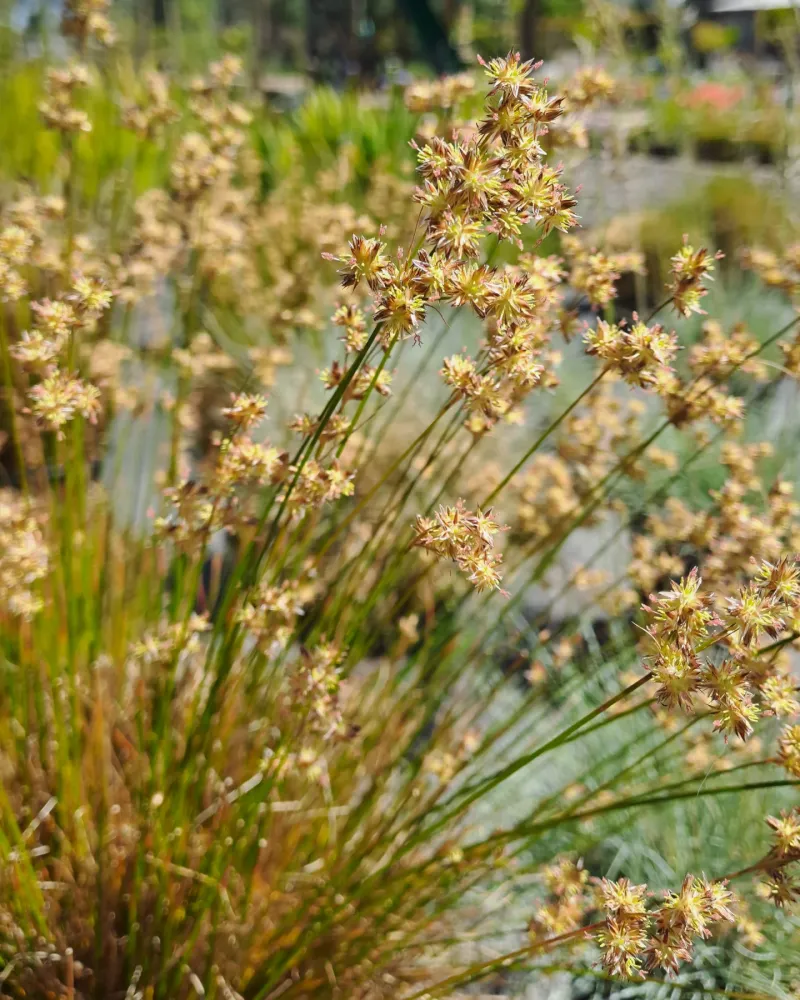
Juncus, commonly known as rushes, thrive in wet environments and are effective at absorbing pollutants from water and soil.
Their slender, upright stems form dense clusters that stabilize soil and filter contaminants, including microplastics. Juncus is often used in constructed wetlands for its purification capabilities.
These plants bring both functionality and aesthetics to garden spaces, demonstrating how natural beauty can align with ecological responsibility.
Papyrus
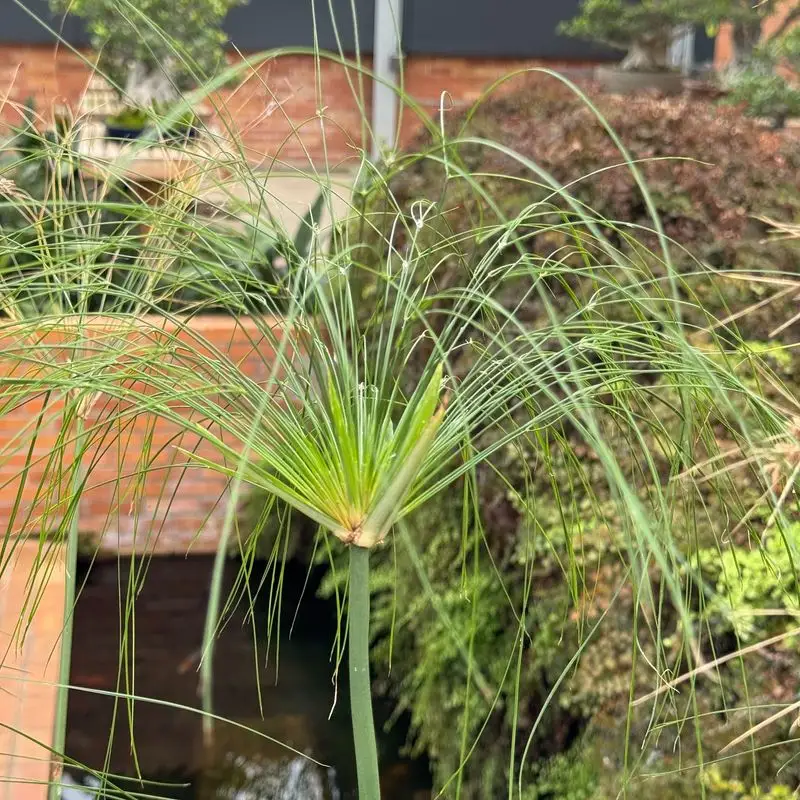
Papyrus, with its tall, elegant stems and tufted tops, is a striking addition to water gardens. This ancient plant is efficient at filtering pollutants from water, including microplastics.
Its rapid growth and ability to thrive in aquatic settings make it ideal for enhancing pond ecosystems. Papyrus provides habitat for aquatic life while improving water quality.
This plant’s historical significance as a writing material underscores its enduring value, now seen in its role as a natural purifier.

